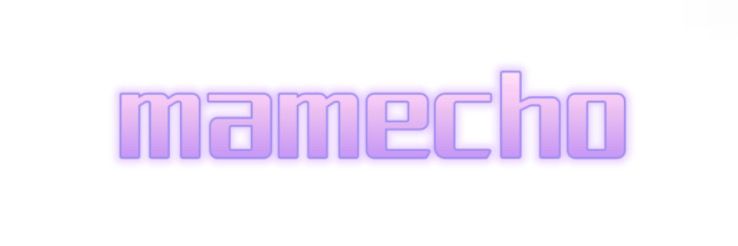What are the Different Types of Thread Rolling Machines and Their Applications?
Mar. 07, 2025
As a first-time buyer of a thread rolling machine, I was initially overwhelmed by the variety of options available on the market. After conducting thorough research, I have come to understand that thread rolling machines come in different types, each designed for specific applications. In this article, I will share what I’ve learned about the different types of thread rolling machines and their applications.
Types of Thread Rolling Machines
There are primarily two main types of thread rolling machines: two-axis thread rolling machines and three-axis thread rolling machines. Each type has its unique features and advantages, making them suitable for different production needs.
Two-Axis Thread Rolling Machines
Two-axis thread rolling machines are the more basic type of thread rolling equipment. As the name suggests, they operate with two axes, which allows them to roll threads on the surface of a workpiece. These machines are commonly used in industries such as hardware, construction, automotive and motorcycle parts, transportation, and power generation.
One of the main advantages of two-axis thread rolling machines is their simplicity. They are relatively easy to operate and maintain, making them a good choice for small- to medium-sized production runs. Additionally, they are cost-effective and can provide a high level of precision and surface finish.
However, two-axis thread rolling machines may have limitations in terms of the complexity of the threads they can produce. They are best suited for straight and simple thread forms, and may not be able to handle more complex shapes or tapers.
Three-Axis Thread Rolling Machines
On the other hand, three-axis thread rolling machines are more advanced and versatile. They operate with three axes, which allows for greater control and flexibility in the thread rolling process. These machines are capable of producing a wider range of thread forms, including helical and tapered threads, making them suitable for more complex applications.
Three-axis thread rolling machines are commonly used in industries that require high precision and accuracy, such as aerospace, medical, and electronics. They are also ideal for producing threads on larger workpieces or for high-volume production runs.
One of the main advantages of three-axis thread rolling machines is their ability to produce complex thread forms with high accuracy and repeatability. They can also handle a wider range of materials, including those that are difficult to machine, such as titanium and stainless steel.
However, three-axis thread rolling machines are generally more expensive than two-axis machines and may require more skilled operators to operate and maintain. They also have a longer learning curve, which may be a consideration for first-time buyers.
Applications of Thread Rolling Machines
Thread rolling machines are used in a wide range of industries and applications. Some of the most common applications include:
Fasteners: Thread rolling machines are commonly used to produce screws, bolts, and nuts. The threading process provides a strong and durable thread that can withstand high torque and vibration.
Automotive: Thread rolling machines are used in the automotive industry to produce a variety of components, such as engine parts, suspension systems, and brake components. The high precision and accuracy of thread rolling machines make them ideal for producing components that require tight tolerances.
Aerospace: The aerospace industry requires high precision and accuracy in the production of components, such as fasteners and structural parts. Thread rolling machines are commonly used to produce these components due to their ability to produce complex thread forms with high accuracy and repeatability.
Medical: The medical industry requires components that are both precise and reliable. Thread rolling machines are used to produce components such as surgical instruments, implants, and prosthetics.
Electronics: Thread rolling machines are used in the electronics industry to produce components such as connectors and fasteners. The threading process provides a strong and durable thread that can withstand the rigors of daily use.
In conclusion, choosing the right thread rolling machine depends on your specific production needs and requirements. Two-axis thread rolling machines are a good choice for small- to medium-sized production runs and simple thread forms, while three-axis thread rolling machines are more suitable for complex applications and high-volume production runs. Understanding the different types of thread rolling machines and their applications can help you make an informed decision and choose the right machine for your needs.
80
0
0
All Comments (0)
Previous: None
Next: None
If you are interested in sending in a Guest Blogger Submission,welcome to write for us!


Comments